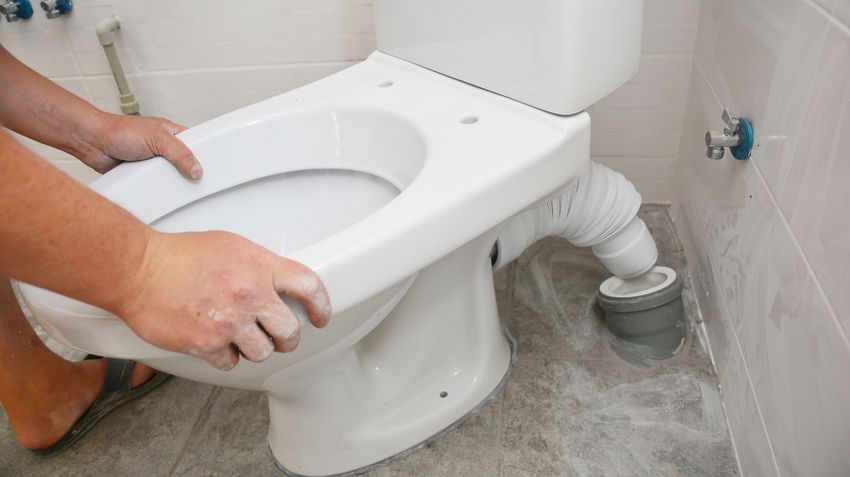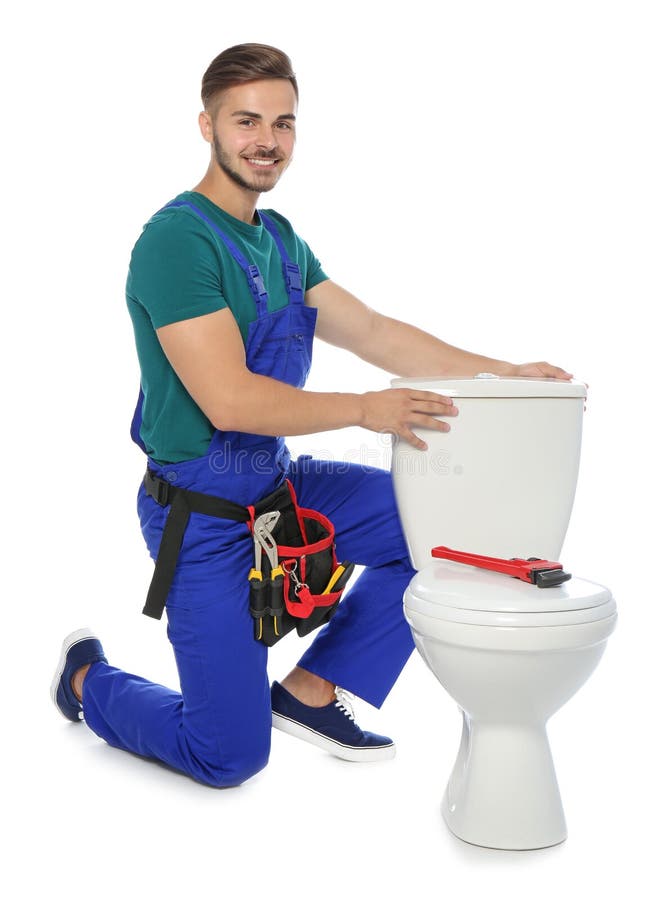Everyone has got their unique way of thinking on the subject of Common Signs of a Faulty Toilet .

Plumbing issues at home don’t get worse than a faulty toilet. Faulty or poorly functioning toilets are a nightmare to house owners. Imagine doing your business in the bathroom, and the toilet won’t flush. It becomes embarrassing if it’s a shared toilet and someone else needs to use it. In other cases, no matter how much you flush, the water seems incapable of washing the whole thing away.
There are numerous signs that your toilet might be faulty, and we will briefly look at these signs and occurrences that, when noticed, you need to contact a professional plumbing service to either fix the toilet or reinstall it.
1. Clogs
Clogging toilets happen pretty regularly, and everyone experiences it once in a while. But if your toilet stops more frequently, you may need to have it checked. If you have kids at home, the chances are high that they may have tried flushing toys or fabrics down the drain at some point. A clogged toilet poses a significant threat to the sewage, especially when materials other than tissue papers and human waste are flushed down there. While a plunger can do most of the unclogging, you should call a professional if you notice that it happens very frequently. Your toilet might need more than just a plunging to get back in good shape.
2. Crack in the Tank
The first sign that your Tank may be cracked is the presence of water puddles near the base of your toilet. Cracks in the Tank are sometimes hard to detect, especially if it’s just a tiny one somewhere below the waterline. When you notice water settling on your toilet base, it is most probably indicative that your Tank has cracked, and you need to involve the plumbers to detect the spot and either fix it or replace it.
3. Leaky Toilet
Sadly, the only way you may realize you have a leaky toilet is when the water bills keep going up. Leaky toilets are terrible because they can cause lots of damage in the home, including creating a room for molds and mildews, ruining the flooring, and if the faulty toilet is in an upstairs bathroom, it can cause problems to spaces beneath it. The best solution for a leaky toilet, especially if it’s old, is to replace it. Contact a professional to take a look at it and let them do the job.
4. Weak Flush
If your toilet does not let a lot of water down to flush everything, there might be a problem. Ideally, one flush should be enough to send all your wastage down the sewers. Having to flush your toilet more than once or twice is tiring and affects the bills. It is a sign of a blocked pipe or a faulty flushing mechanism. In some cases, the water in the toilet bowl is constantly running, and there is not enough to flush when you need to. Only a professional can detect if it’s a flapper valve problem or something else.
Effects of Faulty Toilets
Faulty toilets can hamper your health and cause an increase in utility bills. They can create room for molds, bacteria, and other unpleasant organisms to lurk in the bathroom. Faulty toilets can also increase the risk of flooding and clogging. Ironically, some of these signs are hard to detect or trace, and in many cases, you will require a professional to detect and fix them.
Toilets don’t last forever, and like every other thing, they can outlive their purposes and require a replacement. There are some signs and symptoms that accompany a faulty toilet, and your ability to take note of them on time and call in professionals can save you a lot of risks.
Let the Pros In
These are some of the most common causes of a faulty toilet, and now that you know, you certainly have an idea why there is always water at the base of your toilet or why it does not flush properly.
When you notice these signs, quickly contact a professional. If you live in Pittsburgh, our experienced plumbers can help salvage your toilet and get it back in good working conditions.
Some of these faults are indicative of a need to replace your toilet. We also handle toilet installations and replacements. With our many years of experience in the field, our services are unbeatable.
7 Common Causes of Toilet Plumbing Problems
Clogs
Almost everyone has encountered a clogged toilet! They’re annoying, but they can also be damaging. Unchecked clogs can cause issues to your plumbing and home, such as mold or warped flooring.
Some clogging issues are caused by flushing foreign objects down the drain. These can pose serious problems for your sewer system, creating severe backups. Besides human waste, the only items you should flush are soft paper products like toilet paper and thin napkins. While other paper products may seem like they go down just fine, they can become stuck or build up in the pipes. If you have children in your home, be careful that they don’t flush toys, fabric, or food down the drain. Your toilet’s well-being depends on it!
Worn Flapper Valve
Worn-out and malfunctioning toilet parts are another common cause of toilet problems. A flapper is the piece of your toilet that allows water to move from the cistern into the toilet bowl and fill up the bowl after the toilet is flushed. A deteriorated flapper valve can cause your toilet to flush on its own or to run constantly, which could make your water bill skyrocket.
Worn Washer Bolts
If you keep finding random puddles of water under the toilet tank, there are a couple of likely explanations. One is worn washer bolts.
Step one: Take a look at the bolts in the toilet, and feel the outside and bottom of the tank for a leak. There may be a leaking bolt washer that just needs to be tightened.
Loose Connections
Loose connections are another cause of a leaking toilet. It’s normal for pieces to fall out of place over time, even on toilets. Rubber linings, for example, can wear away, allowing water to seep through.
Mounting nuts and supply tubes may also loosen up. You’ll want your plumber to go over these areas to ensure everything is sealed properly.
Condensation
Condensation is another toilet problem that could lead to you finding water on your bathroom floor. A poorly insulated tank might be the cause of the condensation, thanks to cold air. If this is the case, call a professional to come over and cover the impacted areas of your toilet with insulating liners.

As a serious reader about Common Signs of a Faulty Toilet , I figured sharing that piece of content was a great idea. Sharing is good. You just don't know, you might be helping someone out. Bless you for your time. Kindly come visit our blog back soon.
Burst pipes? Get immediate help.

